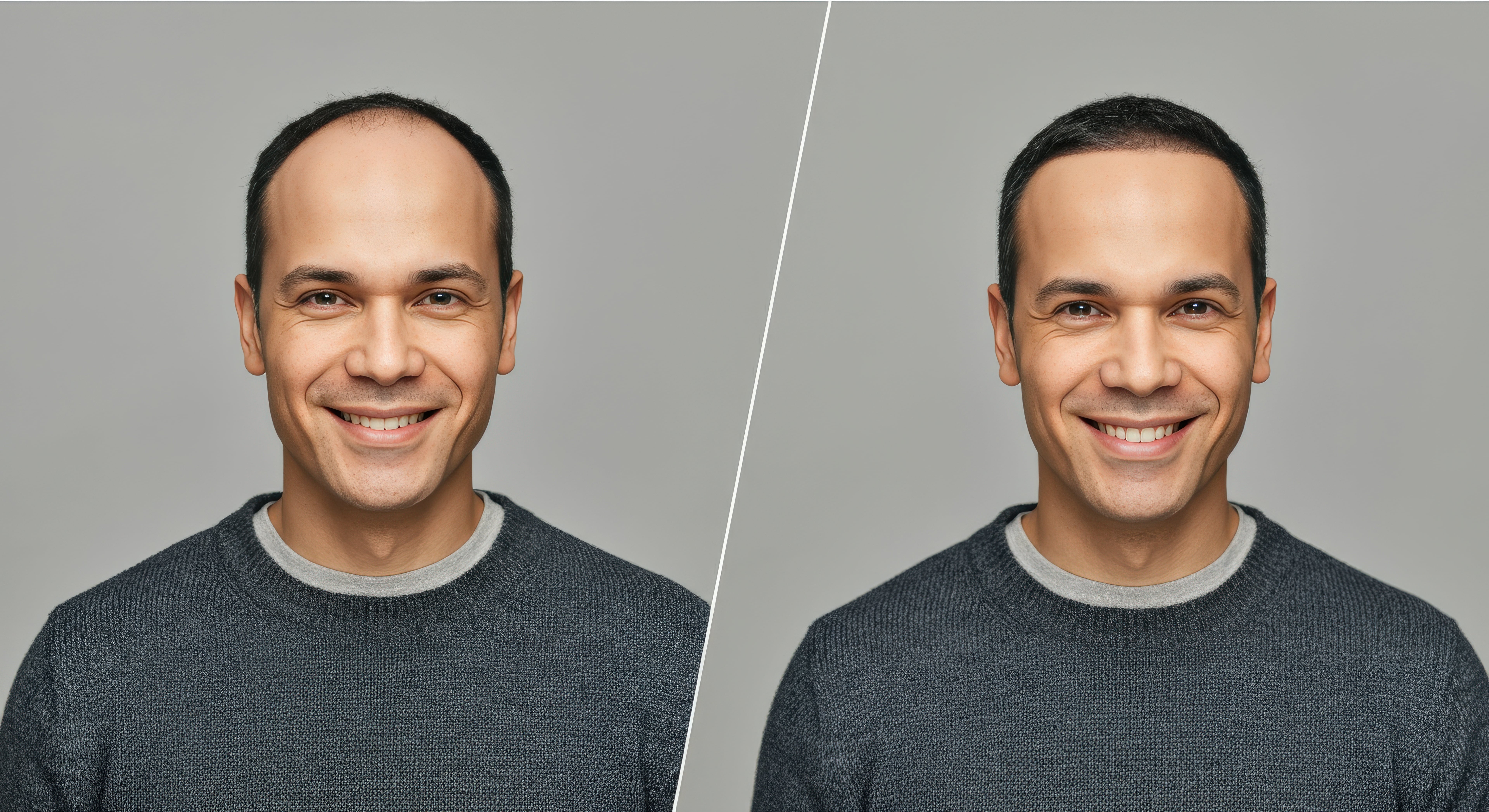
Hair loss is a common concern that affects millions of men and women worldwide. It can impact self-esteem and confidence, prompting many to explore hair restoration options. Two popular solutions are Alma TED hair restoration and traditional hair transplant procedures. Both aim to restore hair, but they differ in technique, recovery time, and results. Understanding these differences can help you make an informed decision about which approach is best for your needs.
What Is Alma TED Hair Restoration?
Alma TED is a non-invasive hair restoration treatment that uses advanced technology to stimulate hair growth. Unlike surgical transplants, this method does not involve scalp incisions or grafts. Instead, Alma TED targets the hair follicles with specialized devices to improve blood flow, strengthen existing hairs, and promote the growth of new hair. This treatment is suitable for individuals experiencing early to moderate hair thinning and those looking for a needle-free, pain-free option.
One of the key benefits of Alma TED is its comfort and convenience. Sessions are typically quick, allowing patients to resume their daily activities immediately. Multiple treatments are often recommended to achieve optimal results, and the procedure can be customized to each patient’s hair type and condition. Alma TED also encourages natural hair growth, giving a fuller and healthier appearance over time.
What Are Traditional Hair Transplants?
Traditional hair transplants are surgical procedures that involve removing hair follicles from a donor area, usually the back of the head, and transplanting them to areas of thinning or baldness. Two main techniques are used: follicular unit transplantation (FUT) and follicular unit extraction (FUE). FUT involves removing a strip of scalp and dissecting it into individual follicles, while FUE extracts individual hair follicles directly from the donor area.
The advantage of traditional transplants is that they provide permanent results with significant density in the treated area. However, they are more invasive, require anesthesia, and involve longer recovery times. Patients may experience swelling, redness, or discomfort in the scalp following the procedure. The success of the transplant also depends on the surgeon’s skill and the quality of the donor hair.
Key Differences Between Alma TED and Traditional Hair Transplants
The main differences between Alma TED and traditional hair transplants are invasiveness, recovery, and results. Alma TED is non-surgical, pain-free, and requires no downtime, making it an appealing option for those who prefer minimal disruption to their daily routine. Traditional transplants, while offering permanent results, are surgical procedures that require careful planning, recovery time, and post-operative care.
Another difference is suitability. Alma TED is ideal for individuals with early hair thinning or for those who want to enhance hair quality and density without surgery. Traditional transplants are better suited for individuals with more advanced hair loss or for those seeking a permanent solution with higher density in targeted areas.
Choosing the Right Option
Choosing between Alma TED and traditional hair transplants depends on your hair loss stage, lifestyle, and personal preferences. Alma TED offers a non-invasive, gentle approach with gradual improvement, whereas traditional transplants provide long-lasting results but involve surgery. Consulting with a hair restoration specialist can help determine which treatment aligns best with your goals and hair restoration needs.
Take the Next Step
If you are considering a hair restoration solution, Weight Loss AR & Wellness offers Alma Ted Hair Restoration in Sheridan, AR. Schedule a consultation today to explore a needle-free, effective approach to thicker, healthier hair.



